By Ted Bridis
University of Florida
Professor
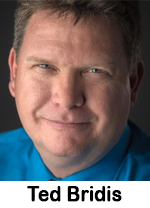 The headlines haven’t been kind to journalism lately. That recent New York Times piece declaring its demise? It wasn’t exactly a morale booster. The Messenger, created to revitalize journalism in the digital age, shut down after just one year. Sports Illustrated was on the cutting block until Minute Media came onto the field with a Hail Mary to save the 70-year-old publication. The Wall Street Journal laid off a slew of talented reporters despite record profits. Yet, some of these decisions have nothing to do with the state of journalism but are based on balance sheets, declining advertising buys, and changing tastes in media consumption.
The headlines haven’t been kind to journalism lately. That recent New York Times piece declaring its demise? It wasn’t exactly a morale booster. The Messenger, created to revitalize journalism in the digital age, shut down after just one year. Sports Illustrated was on the cutting block until Minute Media came onto the field with a Hail Mary to save the 70-year-old publication. The Wall Street Journal laid off a slew of talented reporters despite record profits. Yet, some of these decisions have nothing to do with the state of journalism but are based on balance sheets, declining advertising buys, and changing tastes in media consumption.
David S. Levine of the Times of Israel has written, “Journalism is dead. You are on your own.” But here’s the thing: I’m not buying it.
As a journalism professor at the University of Florida with more than 35 years in the industry, I’ve seen my fair share of ups and downs. Remember the rough economic patches of 2001 and 2008? The internet’s constant disruption? We’ve weathered those storms, and we’ll weather this one, too.
In fact, universities like mine are leading the charge in a new era of journalism. The investigative, political journalism and public policy reporting classes that I teach feed directly into something near and dear to me: credibly holding powerful institutions accountable. And we’re building partnerships to help sustain the industry.
Our Fresh Take Florida news service distributes significant reporting by our undergraduate journalism students to major news outlets across Florida. Newsrooms receive high-quality content for their readers, viewers, and listeners. Students earn real-world experience covering challenging subjects and gain exposure with editors and news directors who hire them when they graduate. Every semester, sadly, my classes of young reporters dwarf the size of many professional newsrooms in some of Florida’s biggest cities.
Talk media is especially vulnerable as our journalism industry works its way through these latest challenges. It relies on journalists to unearth those hard-hitting stories, identify credible sources, and separate fact from fiction.
Here’s the truth: Talk media can’t function without a healthy investigative journalism ecosystem. They need that next generation of journalists I’m training — reporters who are not just trustworthy and credible, but efficient and effective in getting the story out quickly. After all, in today’s fast-paced world, talk radio often relies on journalists for its content.
This is precisely why investigative journalism programs around the country and the Collier Prize for State Government Accountability are so crucial. The $25,000 Collier Prize, established at the University of Florida with a generous gift from Nathan Collier, a descendent of the family that founded the pioneering investigative journalism magazine Collier’s in the late 1880s, is one of the largest journalism awards in the country. It recognizes and celebrates the very kind of investigative reporting that underpins strong talk media.
We’re fostering a new breed of investigative journalists who can seamlessly serve the needs of both traditional and talk media. They understand the importance of speed and accuracy, the ability to distill complex issues into digestible segments, and the value of unearthing stories that spark conversation and hold power to account.
The future of journalism isn’t about flashy headlines or clickbait. It’s about dedicated professionals committed to truth, transparency, and giving a voice to the voiceless. It’s about investigative reporting that illuminates injustice and empowers citizens. And it’s about demonstrating to readers, viewers, and listeners that objective, hard-hitting journalism is worth paying for, after a generation where we gave it away free online.
Talk media is dependent to a degree on the success of the rest of the ecosystem, which is an important point. We highlight and identify credible sources who then become guests on programs that can go into a lot more depth than they can with a quote in a 1,000-word story. Talk radio very much has a stake in the success of journalism. They need this next generation of journalists to be better than ever — credible, trustworthy, and ethical but also efficient and effective — working expediently to get the story told because in a lot of cases talk radio is getting its content from journalists.
We are never not going to need journalists. That’s the silver lining — democracy needs journalists. It needs trustworthy, independent, independently minded journalists who seek the truth and report it. That sentiment is alive and well, and talk media needs this kind of journalism now more than ever.
Award-winning investigative journalist Ted Bridis led the Associated Press’ Pulitzer Prize-winning team before joining the University of Florida. He’s known for his expertise in source protection, FOIA law, and uncovering high-profile stories like the Clinton email server and Paul Manafort’s foreign lobbying. Previously, he analyzed national elections for the AP and covered technology, hackers, and national security.
Share this with your network
 BLOCK ISLAND, RI — You DO regularly communicate with an email list…right? Few opportunities to engage are more powerful than the ongoing conversation you have with followers. It’s a relationship that Pandora and Spotify and SiriusXM can’t emulate and smart radio hosts exploit well.
BLOCK ISLAND, RI — You DO regularly communicate with an email list…right? Few opportunities to engage are more powerful than the ongoing conversation you have with followers. It’s a relationship that Pandora and Spotify and SiriusXM can’t emulate and smart radio hosts exploit well.


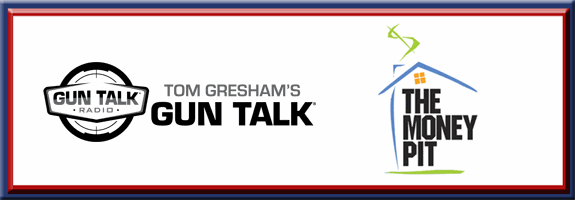
 airchecks, and salary requirements to the address below. The company also seeks an on-air talent and programming assistant to be a part of the Lite Rock 95.9, Rock 93.7, 106.9 Kicks Country, News Talk 94.1, 93-3 The Dawg, Sports Radio 104.7, 101.9 / AM 920 WLIV, 96-9 Hwy 111 Country team. Send your resume. Send an aircheck. Send two sentences describing your goal in work and why this job interests you. You must do all three. And finally, Stonecom is seeking a graphic artist who designs clean, attention-getting logos, posters, mailers and web graphics. A great opportunity to supplement your income, add additional clients to your growing repertoire, or work from home. Send at least five examples of your work – along with your resume. Reply to: Stonecom, Attn: Human Resources, 1 Stonecom Way, Cookeville, TN 38501 Or email
airchecks, and salary requirements to the address below. The company also seeks an on-air talent and programming assistant to be a part of the Lite Rock 95.9, Rock 93.7, 106.9 Kicks Country, News Talk 94.1, 93-3 The Dawg, Sports Radio 104.7, 101.9 / AM 920 WLIV, 96-9 Hwy 111 Country team. Send your resume. Send an aircheck. Send two sentences describing your goal in work and why this job interests you. You must do all three. And finally, Stonecom is seeking a graphic artist who designs clean, attention-getting logos, posters, mailers and web graphics. A great opportunity to supplement your income, add additional clients to your growing repertoire, or work from home. Send at least five examples of your work – along with your resume. Reply to: Stonecom, Attn: Human Resources, 1 Stonecom Way, Cookeville, TN 38501 Or email  To be an expert in marketing requires expertise in how memory works. Early in my consultant practice, I studied and read every book I could find on the processes of memory. The best book is Effective Frequency: The Relationship Between Frequency and Advertising Effectiveness. Put simply, how many times does a consumer have to hear a message before it has impact? The book, a collection of studies, is the foundation for every qualitative study in the field today.
To be an expert in marketing requires expertise in how memory works. Early in my consultant practice, I studied and read every book I could find on the processes of memory. The best book is Effective Frequency: The Relationship Between Frequency and Advertising Effectiveness. Put simply, how many times does a consumer have to hear a message before it has impact? The book, a collection of studies, is the foundation for every qualitative study in the field today.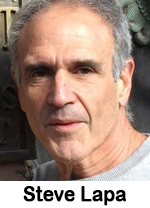 It’s complicated, this whole Federal Trade Commission ruling potentially banning the non-compete. Considering where you stand on the non-compete concept, it’s really all about evaluating the five “C” profile of your media business.
It’s complicated, this whole Federal Trade Commission ruling potentially banning the non-compete. Considering where you stand on the non-compete concept, it’s really all about evaluating the five “C” profile of your media business. workers’ first contract. The union says iHeartMedia has “violated Section 8(a)(1) of the National Labor Relations Act ‘by restricting protected Section 7 speech, by engaging in intimidating conduct and by interrogating employees about their support for the union.’”
workers’ first contract. The union says iHeartMedia has “violated Section 8(a)(1) of the National Labor Relations Act ‘by restricting protected Section 7 speech, by engaging in intimidating conduct and by interrogating employees about their support for the union.’”  The union’s complaint adds, “When we have posted flyers about the union, management has removed these materials within the day, often within minutes… union members have received emails discouraging this activity, pointing out company policies about distributing literature in working areas, without acknowledging our federally protected right to discuss our working conditions or to distribute information about our union to our colleagues. Non-bargaining-unit employees and managers have used common work areas to openly disparage our union literature and efforts to inform unit members.” iHeartMedia has not responded publicly to the grievance.
The union’s complaint adds, “When we have posted flyers about the union, management has removed these materials within the day, often within minutes… union members have received emails discouraging this activity, pointing out company policies about distributing literature in working areas, without acknowledging our federally protected right to discuss our working conditions or to distribute information about our union to our colleagues. Non-bargaining-unit employees and managers have used common work areas to openly disparage our union literature and efforts to inform unit members.” iHeartMedia has not responded publicly to the grievance. 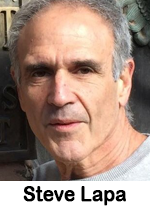 Time to thank the lawyers in the Donald Trump trial for once again proving beyond any doubt the power of talk radio.
Time to thank the lawyers in the Donald Trump trial for once again proving beyond any doubt the power of talk radio. Growing a brand is a memory game. Which message will a target consumer value, remember it and take it to the cash register? The answer is not complicated but it is complex.
Growing a brand is a memory game. Which message will a target consumer value, remember it and take it to the cash register? The answer is not complicated but it is complex.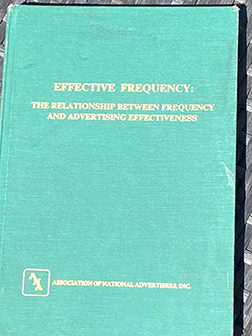 about all the science any of us have been tutored in on the subject of effective frequency.
about all the science any of us have been tutored in on the subject of effective frequency.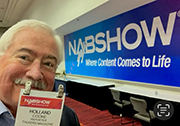 If you’re looking to jump-start – or optimize – your video interview technique, this session alone was worth the trip to Las Vegas. Washington-based video content strategist/producer/interviewer
If you’re looking to jump-start – or optimize – your video interview technique, this session alone was worth the trip to Las Vegas. Washington-based video content strategist/producer/interviewer 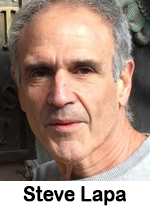 The media headlines are dizzying these days, yet they all share one common thread. See if you can solve this puzzle.
The media headlines are dizzying these days, yet they all share one common thread. See if you can solve this puzzle.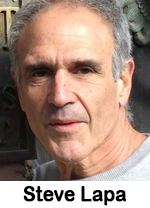 The work-life balance concept is up for a new spin. Let us start in California.
The work-life balance concept is up for a new spin. Let us start in California. It seems every hour Nielsen and Pierre Bouvard of Cumulus fame (formerly of Westwood One) put out a release stating that radio is just fine, thank you. Radio is more persuasive than TV, direct mail, streaming and print. Radio is a proven success for over 100 years. Most of the buildings housing Procter & Gamble were built on radio – not TV – advertising success. Happily, P&G realized radio’s clout and is now a dominant radio advertiser – again!
It seems every hour Nielsen and Pierre Bouvard of Cumulus fame (formerly of Westwood One) put out a release stating that radio is just fine, thank you. Radio is more persuasive than TV, direct mail, streaming and print. Radio is a proven success for over 100 years. Most of the buildings housing Procter & Gamble were built on radio – not TV – advertising success. Happily, P&G realized radio’s clout and is now a dominant radio advertiser – again!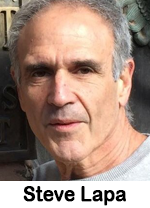 The thing about outstanding performance is there is one key trait in the performer we can all agree on. It was on full display in front of millions during the past two weeks. It shows up every time an athlete takes the game to new levels, or an artist moves us out of our seats and collective comfort zone.
The thing about outstanding performance is there is one key trait in the performer we can all agree on. It was on full display in front of millions during the past two weeks. It shows up every time an athlete takes the game to new levels, or an artist moves us out of our seats and collective comfort zone.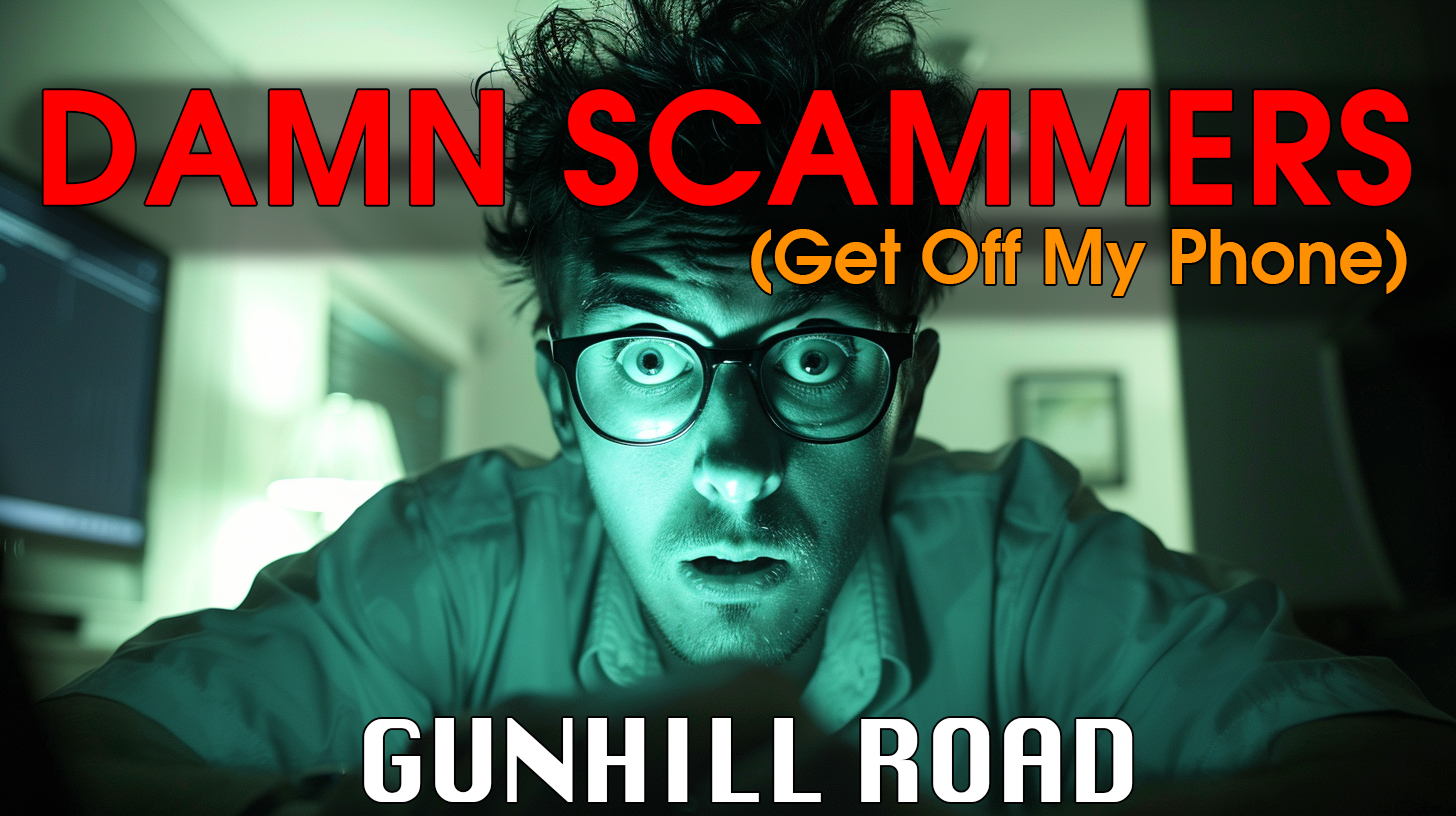
 Will video save the radio star? I hope so.
Will video save the radio star? I hope so. The headlines haven’t been kind to journalism lately. That recent
The headlines haven’t been kind to journalism lately. That recent